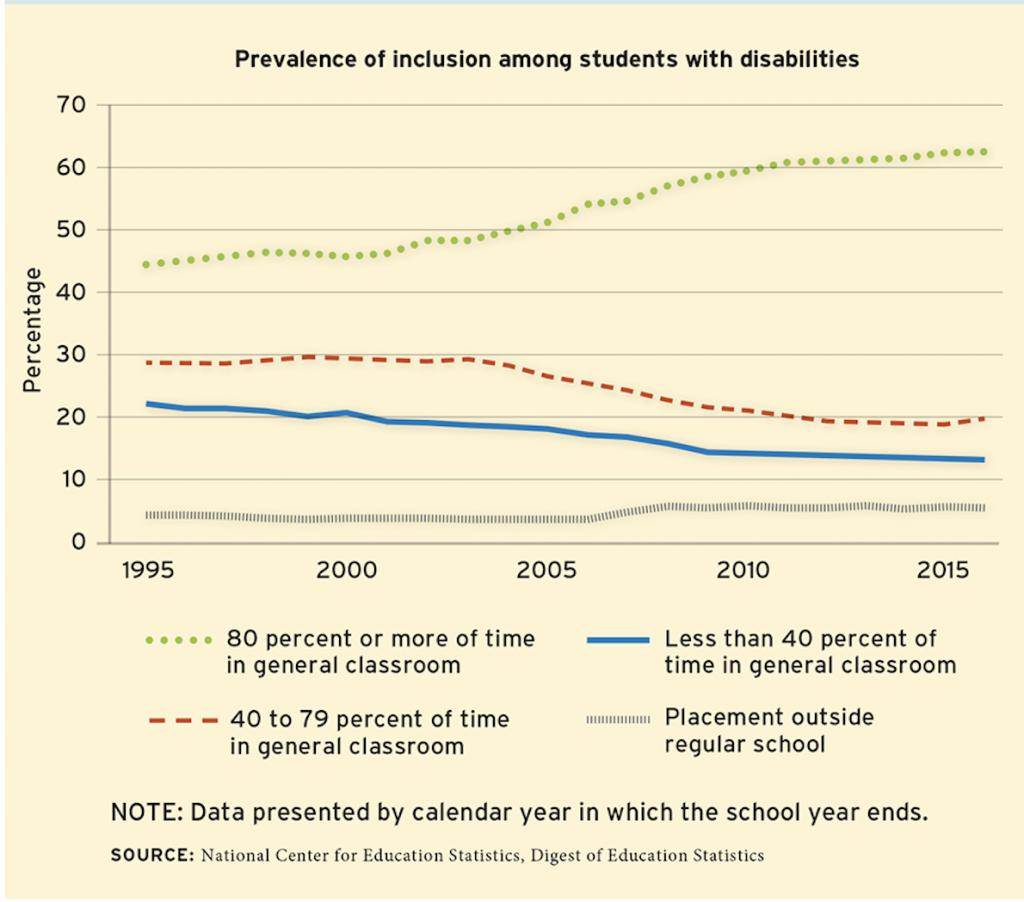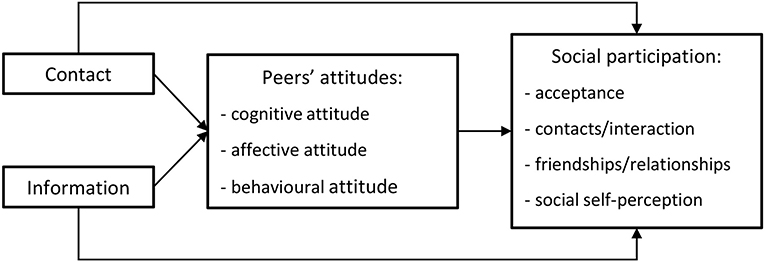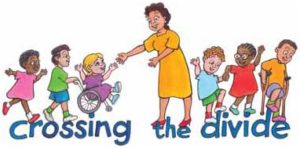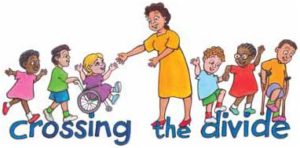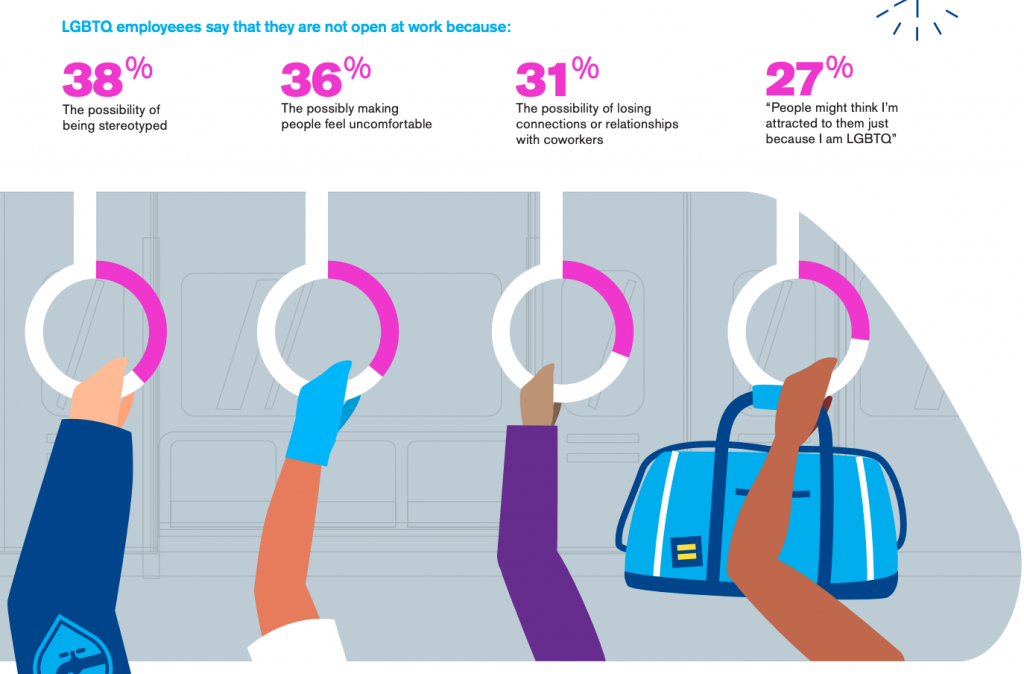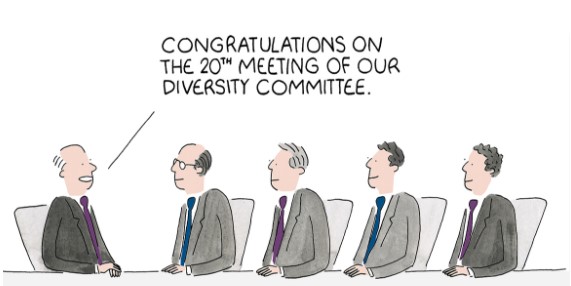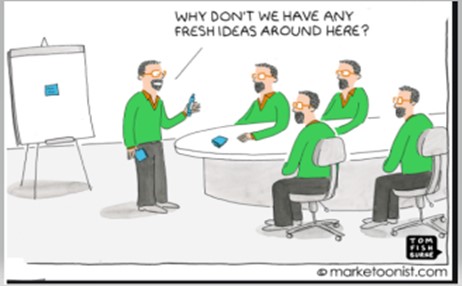In “Reproducing inequity: the role of race in the business school faculty search”, after discovering that an astonishing 67% of full-time faculty at business schools are white, Professors Grier (a professor of marketing at American University) and Poole (a professor at the University of San Francisco) decided to dive deeper into why diverse groups are underrepresented. To do this, they conducted a qualitative study through interviewing professors in business schools.
Through interviews, Grier and Poole were able to study five components of the Critical Race Theory which offered some explanation into why there is not a proportionate number of diverse faculty members to students. The elements include: unchanged race and lasting racism, the interconnected nature of race with forms of subordination, the idea of one dominant ideology, experiential knowledge, and commitment to social justice. The interviews also revealed in detail how many schools care about the ‘best athlete’ construct, where only outputs matter. Schools do not take into account inputs, or extra duties performed by many underrepresented staff, including mentoring diverse students and serving as members in hiring committees.
Grier and Poole’s research found that to be successful in creating an inclusive environment, everyone must be enthusiastic and open to change. By documenting the issues surrounding diverse faculty in business schools, the professors hope other professors will reflect on their environments, and advocate for change.
The research done by Grier and Poole is essential in understanding the reasons why there are not more diverse faculty members in college business departments. It also helps illustrate that by understanding the reasons behind not having a more diverse faculty, people will understand which components need to shift within their business department. In particular, the article helps identify that the Critical Race Theory applies to higher education organizations. By establishing that the CRT applies to higher education, a relationship is established between diversity and education. Many colleges do not take advantage of this relationship. Universities do not reward professors when they take on different tasks to promote diversity. This includes acknowledging differences and mentoring students who may come from similar backgrounds or share similar experiences.
One of the critical points in the article states that inputs are just as necessary as outputs and that underrepresented minority faculty perspectives must be valued throughout business departments. Different perspectives’ value can only be appreciated when the relationship between international and domestic diversity is studied further.
Due to the dominant ideology component of the CRT, many may find it difficult to change, or understand others, as they are a part of the dominant group. It is difficult for a person to comprehend another person’s experiences if they have not experienced it themselves.
The picture below illustrates that white faculty members consider their department to be more committed to inclusion. This will make them feel more accepted in their respective departments. Black faculty, in contrast, may believe that department efforts to promote inclusion are unsatisfactory. As a result, many feel as though the department does not take inclusion seriously.

This supports the idea that white faculty may not understand some of the difficulties other members go through to feel included. To make diverse faculty feel included within the business school, it is imperative that actions, not just words, are taken to promote diversity. This consists of holding conversations or meetings to discuss staff backgrounds and their experiences, encouraging questions, and acknowledging each faculty member’s unique upbringing or culture. Funding diversity studies may also be beneficial in helping promote inclusion.
We already know why having diverse faculty is crucial, as illustrated by Austin and Pisano, and Gundemir. The following video provides student testimonials about how faculty diversity has had a positive impact on their education.
The video illustrates that acknowledging differences between individuals is beneficial, as it encourages students from diverse backgrounds to feel comfortable in their environment.
Grier and Poole’s article is crucial in helping reflect on our surroundings and understanding that we all need to be supportive of change. One of the main objectives was to understand that knowing what to change is essential in feeling the positive effects of a more diverse faculty. By understanding the different aspects that explain why many organizations are not more diverse, institutions will reflect and alter these components, eventually leading to a more diversified group that accurately represents everyone’s backgrounds and experiences.
https://www-tandfonline-com.libezproxy2.syr.edu/doi/full/10.1080/0267257X.2020.1800796
Works Cited:
Flaherty, Colleen. Faculty Members of Color See ‘Illusion of Inclusion’, 6 Jan. 2021, www.insidehighered.com/news/2021/01/06/faculty-members-color-see-illusion-inclusion.
Sonya A. Grier & Sonja Martin Poole (2020) Reproducing inequity: the role of race in the business school faculty search, Journal of Marketing Management, 36:13-14, 1190-1222, DOI: 10.1080/0267257X.2020.1800796
UniversityRochester, AS&E Faculty Diversity Office, director. The Importance of Faculty Diversity. YouTube, YouTube, 1 Dec. 2015, www.youtube.com/watch?v=owogyWB_lqE.

